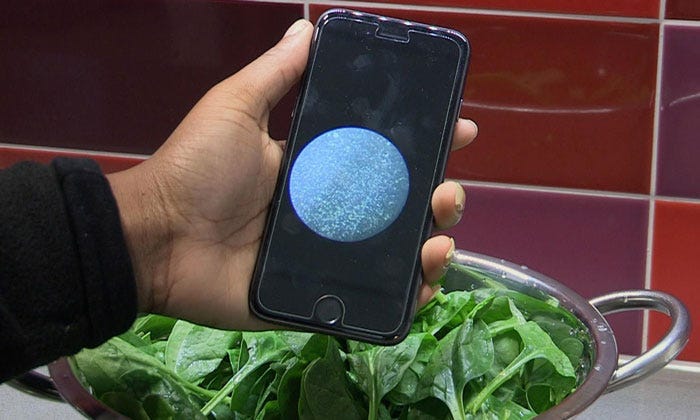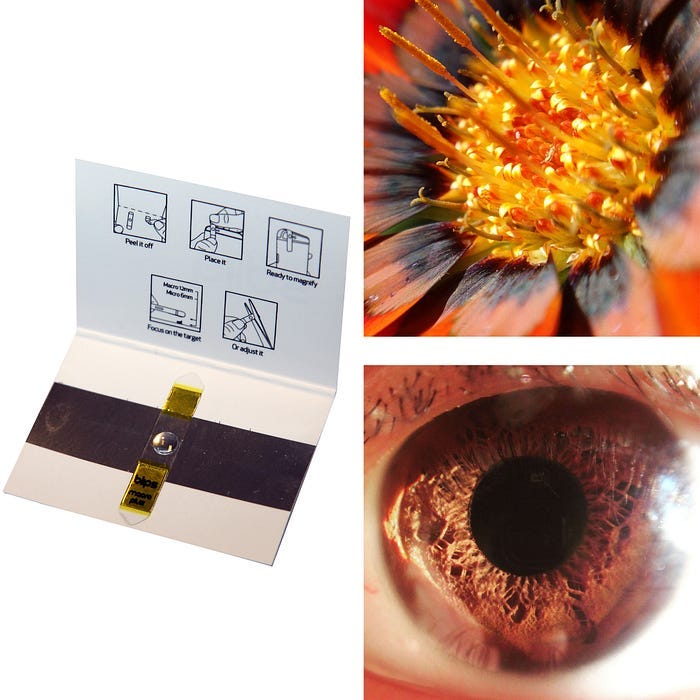# Transform Your Smartphone into a Bacteria-Detecting Microscope
Written on
Chapter 1: The Innovative Technology Behind Smartphone Microscopes
Have you ever thought that your smartphone could be used to visualize bacteria? A collaborative research project between the engineering faculty at the University of Pisa and San Diego has made this possible by converting your mobile device into a microscope.

A simple self-adhesive lens can be affixed to a smartphone camera, enabling the detection of bacteria and cells. Traditionally, examining bacteria in food or wounds requires a conventional microscope, which often falls short because the bacteria can blend into the background. Special filters, such as red fluorescence, are typically necessary to make them visible under standard microscopes. However, these fluorescence microscopes are large and costly.
In contrast, this inexpensive lens, costing just a few cents, can magnify images up to 100 times and highlight the fluorescence of bacteria and cells through nanoscale slits that are comparable in size to the bacteria themselves. This innovative optical capability allows a physician to inspect questionable food or wounds in remote locations, facilitating appropriate antibiotic treatment—truly remarkable!
Section 1.1: Current Status of the Project
As for the commercialization aspect, the project is still in its developmental stage, with initial publications emerging only in late November 2019. There are also similar lenses known as Blips, which are so thin that they can conveniently fit in your wallet and can be used with any smartphone lens.

This groundbreaking technology originates from an Italian startup called SmartMicroOptics, founded by Andrea Antonini, a former researcher at the Italian Institute of Technology in Genoa. While working on micro-lenses for neuron studies, he discovered that attaching these lenses to a smartphone could effectively transform it into a microscope. After refining the technology, he was able to bring it to market, raising $218,000 from investors to enhance the project.
The Blips are primarily designed for recreational purposes, such as capturing videos and images, but the more advanced versions achieve a resolution of 3.5 microns, sufficient to differentiate between tissue cells. Achieving such high resolutions necessitates a stand for the smartphone and a slide for the sample being examined, along with a compatible app to activate a light source for optimal illumination.
Chapter 2: Exploring Bacteria with Your Smartphone
In this video titled "How Much Bacteria Is On Your Phone | LAB EXPERIMENT REVEALED," you will discover the surprising amount of bacteria that can be found on your smartphone and the implications of this finding.
Additionally, the video "How Dirty Is Your Phone? A Look at the Microbes Under the Microscope | Everyday Awesome" provides an insightful examination of the microbes lurking on your device, highlighting the importance of cleanliness and hygiene.